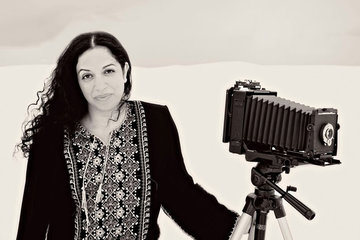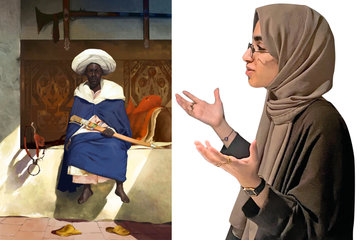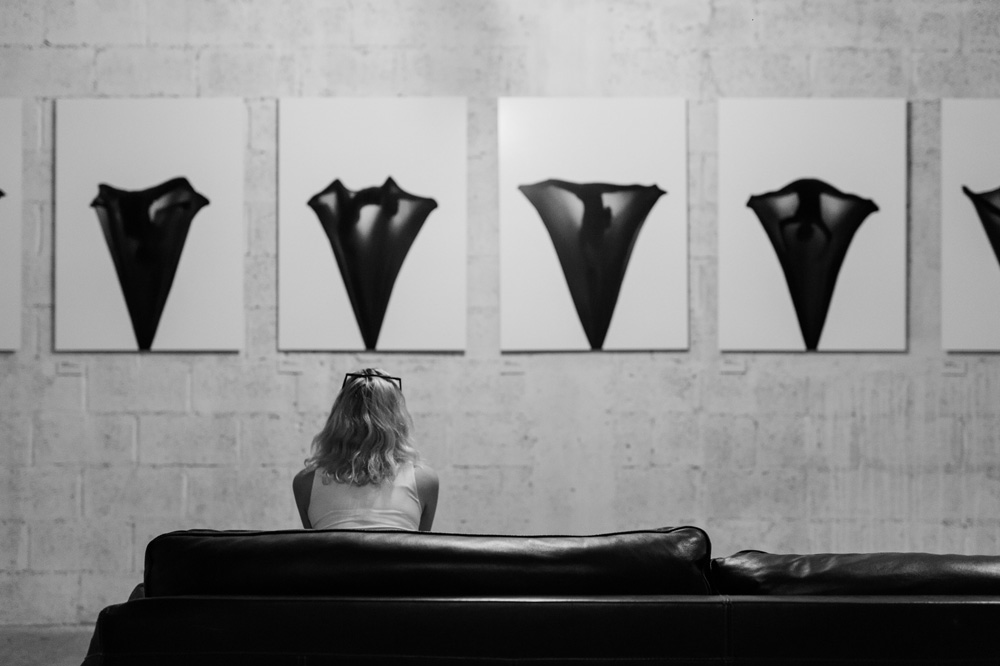
Through ‘The Black Tulip’ series, Vartan Kelechian uses his lifelong passion for photography to capture the fascinating and striking mystery of life formation. The Dubai-based Lebanese-Armenian photographer uses different models in each of the 10 pictures to chronicle different stages of life taking shape, with the female form delicately veiled by a translucent piece of fabric. Kelechian likens the enchanting process to a blossoming black tulip.
AboutHer.com chats to the established event and lifestyle photographer to find out more about the crux of the photographs after the exhibition’s launch at The Analog Room, The Westin, Mina Seyah in Dubai.
Your first photography exhibition, ‘The Black Tulip,’ focuses on the formation of life. Why did you choose that as your topic?
Life starts in a dark place but as days start passing by, we bloom getting ready to face the world. Just like a black tulip, it starts small and ends up becoming a beautiful fascination Mother Earth gives to humans.
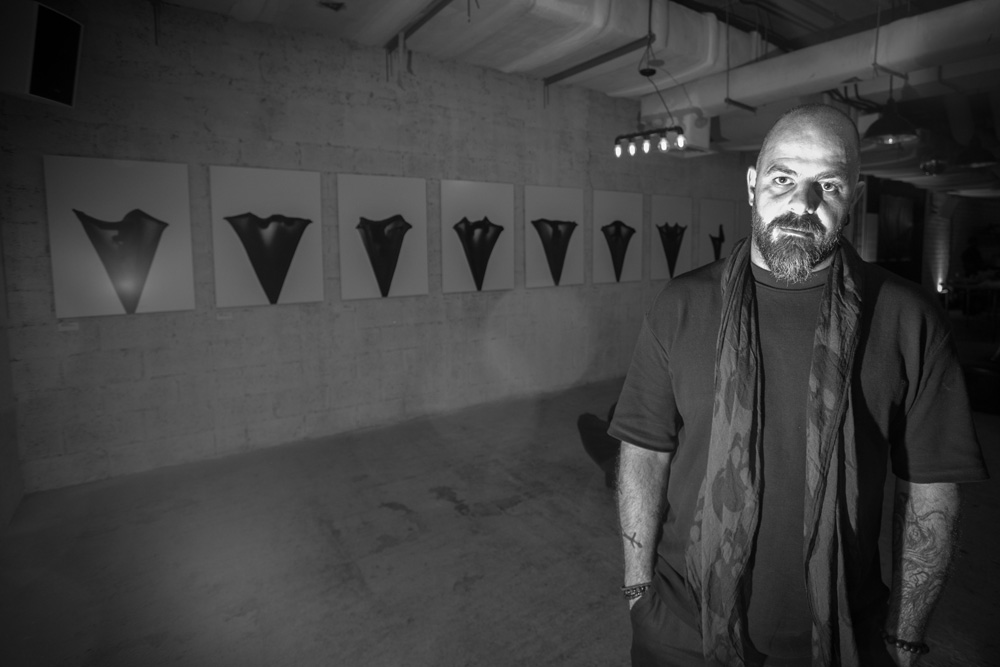
Vartan Kelechian
What did you discover as you explored how a woman’s body changes while life is taking shape inside her?
The idea for the ’The Black Tulip’ series happened when I was shooting a pregnant dancer. After the photo shoot, I rotated one of her photos and came up with the notion. Each frame or each photo of ‘The Black Tulip’ series is a different woman, and each woman represents a different body type and shape.
So what exactly did you want to say through the photographs and how did you manage to do that?
As I said before, I wanted to show how giving birth resembles a blooming tulip. It’s a myth, until the woman realises there’s something forming, developing, growing, turning, rebelling and moving in her womb and taking the shape of life.
You chose to work in black and white. Is that to further capture the mystery of life or do you usually prefer working in black and white anyway?
Eighty percent of my work is in black and white. And as Ted Grant said, “When you photograph people in colour, you photograph their clothes. But when you photograph people in black and white, you photograph their souls.”
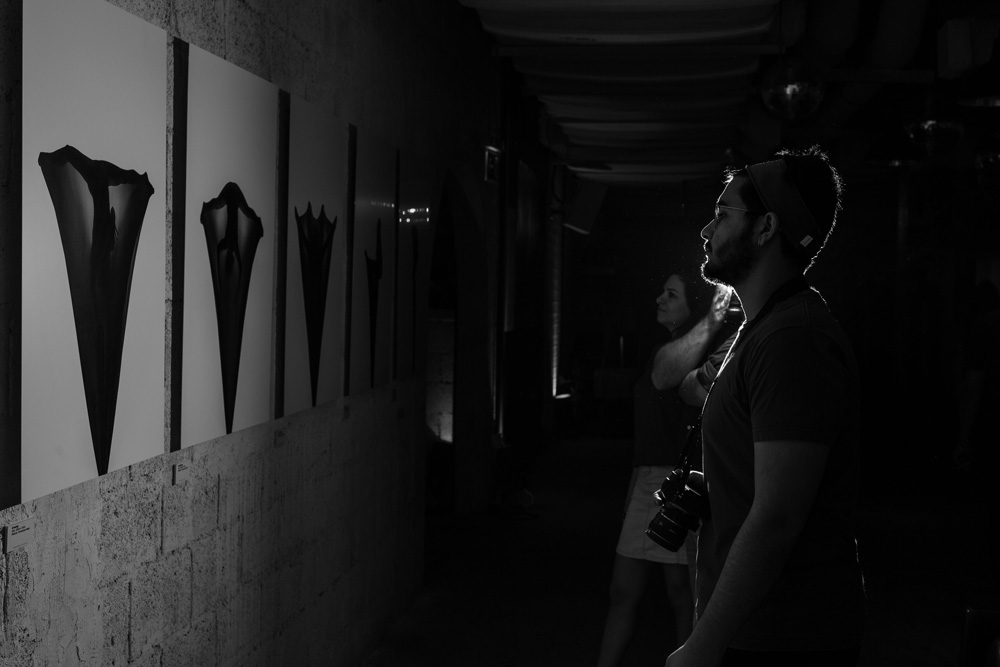
Do you have any ideas forming for a new series?
I have to mention that ‘The Black Tulip’ exhibition will be taking place in August in Beirut, Lebanon. And yes, I have already started to work on a new project, but I still cannot reveal what it’s about. The element of mystery adds to its value.
You’ve worked on some high-profile cultural events like the Sheikh Zayed Culture Festival and the Qasr el Hosn Festival. It’s great to see how the region’s cultural scene is booming isn't it?
The region’s culture scene has always been that big, but the difference now is that we are covering it; we are giving it more exposure.
Is there a certain event you would love to cover in the future?
Every single day, there are a lot of events happening. At the moment, I don’t have a specific event in mind that I would like to cover, but I am always ready for a new challenge, for a new experience.
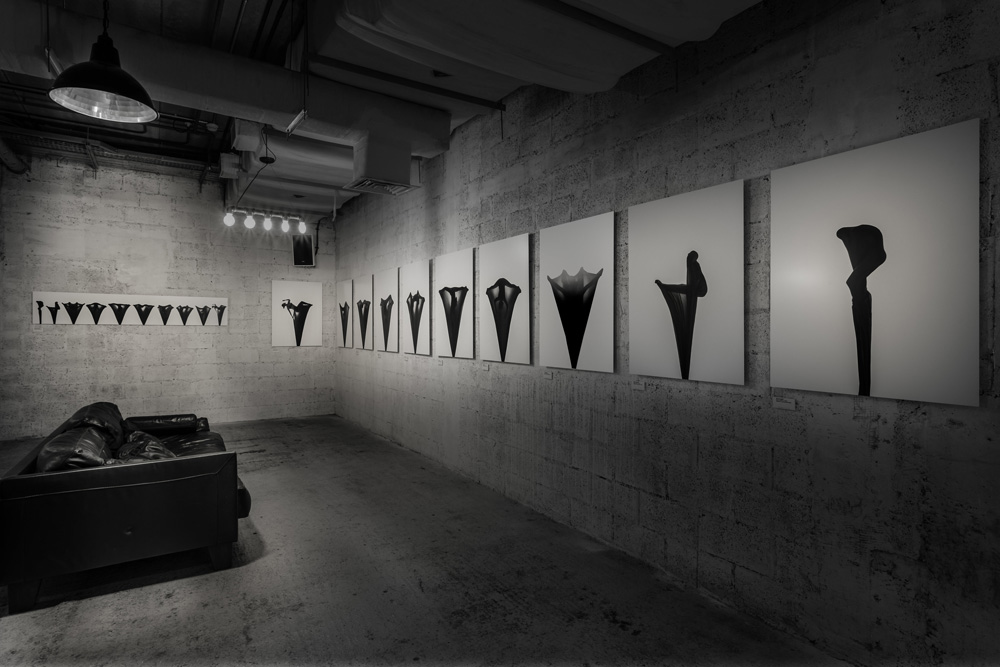
You’re known for shooting facial expressions, is there a well-known personality you would love to work with?
My style is generally focused on facial expressions and the intricacies of a person’s complexion, raw and straight to the point.
Which photographers influenced you, and how did they help you form your thinking, photography and career path?
The work of great masters has always been a motivation and a way to get beyond my very own previous achievements. Photographers like Jan Saudek and Helmet Newton are two of my biggest influencers, as well as Jiri Ruzek.
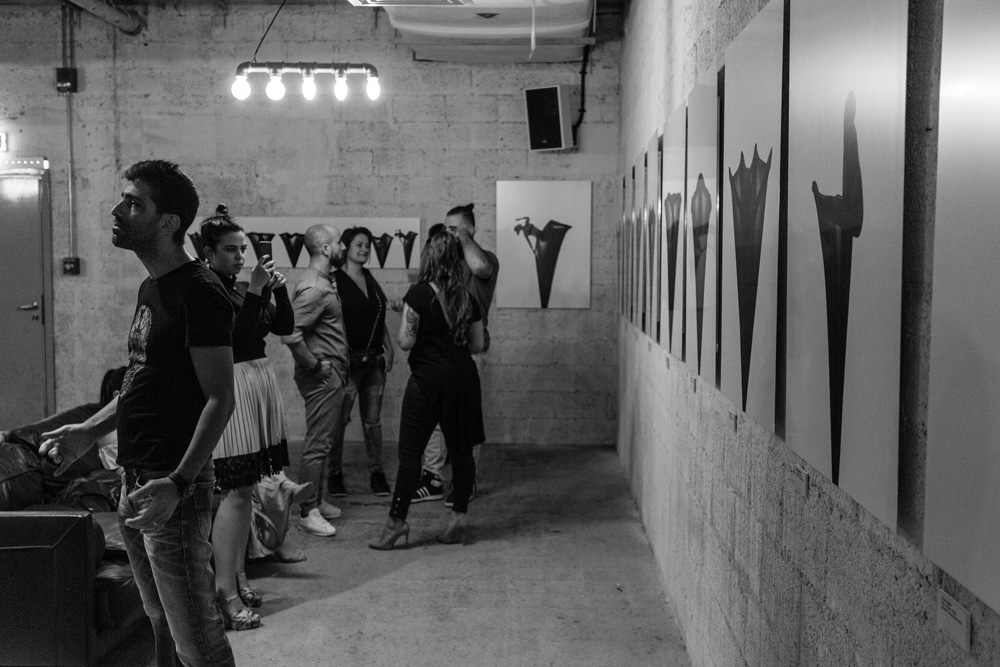
What’s your favorite go-to piece of equipment in your bag?
That’s an easy one! It’s the XPRO 2, ‘my little baby’ from FujiFilm.
What kind of camera do you suggest for a non-professional who likes to dabble in photography?
As a FujiFilm Ambassador, I would recommend the Fuji x100F. It’s great for non-professionals, especially because of its small size and how easy it is to use. But again, all cameras are great, yet photography is about what you want to show and the way you show it. Photography is a way of letting people see through your lens.


